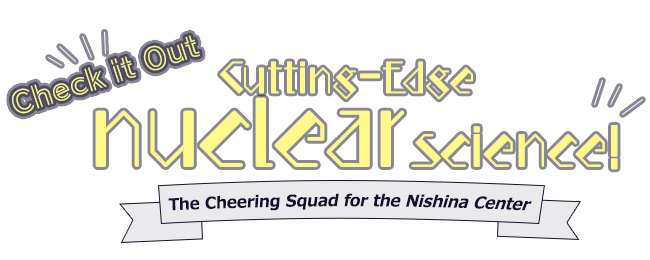
Unlocking the mysteries of CP symmetry using a computer
Interview with Dr. Kota Yanase, Nuclear Many-body Theory Laboratory
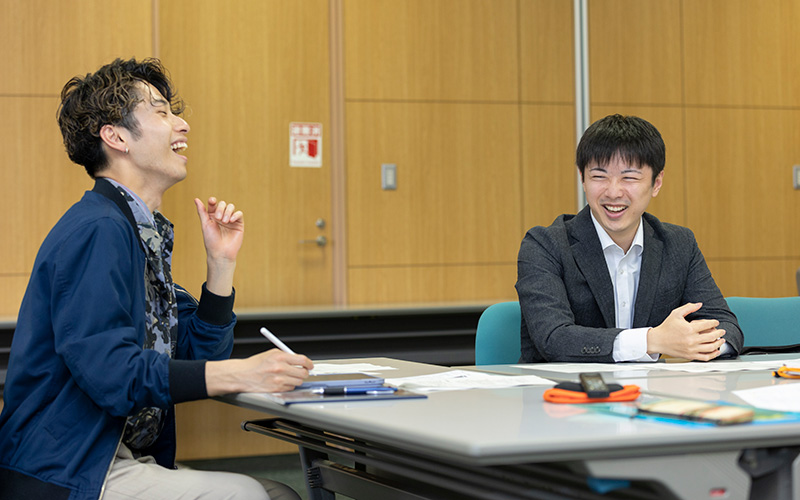
What is Dr. Kota Yanase’s research about?
To observe Schiff moments*1 generated by the biased electric charges of atomic nuclei, Dr. Yanase performs calculations to find atoms whose nuclei are deformed and easy to observe Schiff moments. Using the supercomputer “Fugaku,” he performs advanced calculations to add up the wave functions of nuclei daily. By confirming the existence of the Schiff moment, we can solve the mystery of why there is more matter than antimatter in the universe and get closer to the fundamental reason why and how this world was created.

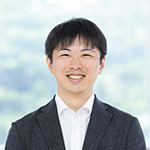
Dr. Yanase completed his PhD at Saitama University in 2019 in Science. After working as a Project Researcher at the Center for Nuclear Study, the University of Tokyo, he joined the Nishina Center as a Special Postdoctoral Researcher in 2023. He has been fascinated by physics since childhood, and enjoys talking with researchers around the world, often using pen and paper as a communication tool.
Q1Please tell us about your research.
Yanase: I am currently working to unravel the mystery of CP violation*2, in which matter dominates over antimatter, through computer simulations. CP violation itself has been confirmed to exist, but that alone cannot explain why matter is so dominant. Therefore, we are trying to find the electric dipole moment (EDM)*3 of atoms to elucidate the mechanism of this breaking.
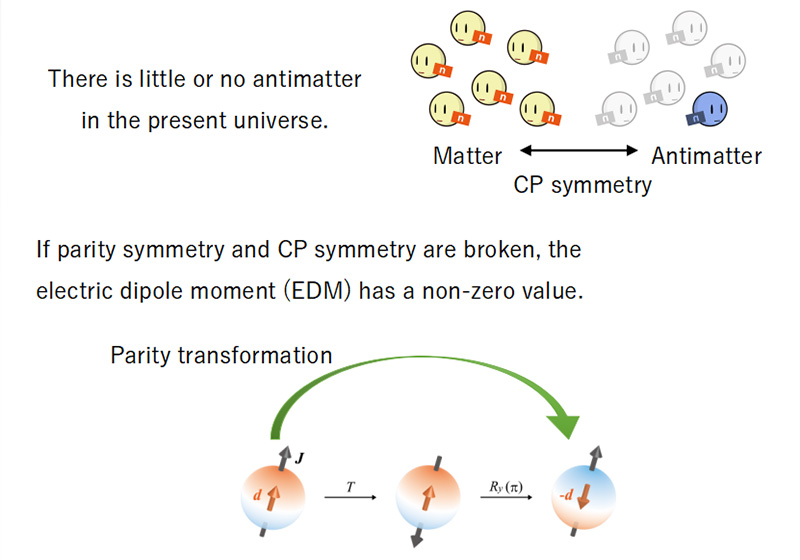
CP violation and EDMs. In atoms, EDMs may occur due to biased charge distribution, and CP violation is predicted for these EDMs. For example, parity transformation of the charge distribution at the left end of the figure below will invert the charge distribution as shown at the right end of the figure, so the EDM will also be in the opposite direction. Since “parity symmetry is preserved” means that these two states are equivalent, the EDM must be zero for this to be the case. Therefore, if we can prove that this EDM is present (non-zero), we can say that parity (P) symmetry is not preserved. On the other hand, time reversal does not invert the charge distribution, but it does invert the spin orientation of the atoms, as shown in the center figure. Next, if we rotate the EDM 180 degrees up and down to restore the spin orientation, the EDM will instead be oriented in the opposite direction, as shown in the far-right figure. Thus, if the EDM is measured, the time-reversal symmetry is also broken. Since we know that time-reversal symmetry is equivalent to CP symmetry, CP symmetry is also broken. Thus, if we can show the existence of atomic EDMs, it will provide evidence that CP symmetry is broken.
CP symmetry is broken by nuclear forces in the nucleus, resulting in a Schiff moment. The interaction of electrons with this Schiff moment gives rise to the “atomic EDM,” and this value can be measured to investigate the effects of CP symmetry in detail. However, measuring this atomic EDM is difficult, so we need to find nuclei with larger Schiff moments.
I am working to reproduce in a computer a nucleus deformed into a pear-like shape, which is said to have a large Schiff moment, and calculate the value of its Schiff moment. To reproduce a nucleus means to create a wave function*4 that represents the state of the nucleus. To do that, more than a billion possible configurations should be superposed. Since they are very difficult to handle, I am carefully selecting about 100 important configurations out of them. However, the amount of computation is still very large, so a supercomputer is indispensable for the research.
Q2Tell us exactly what you find appealing about research.
Yanase:I think the attractive point of doing research as a job is that you can freely do whatever you want for a living. Of course, it is difficult to get funding by appealing the social significance of research (laughs). But once you get over this, you can do as much research as you like. I am often asked to produce results immediately, but I think the secret to enjoying my research is that I choose things that are interesting but take time.
Another interesting aspect of scientific research is that anyone can reach the same answer. Even when I am working alone in front of a computer, I feel that I am connected to the world through my research. It may sound strange, but I feel that science is like that. No matter what country you were born in, no matter what principles or values you have, if you build science properly from scratch and understand it, you can reach the same place and interact with others there. Isn’t this one of the great attractions of science?
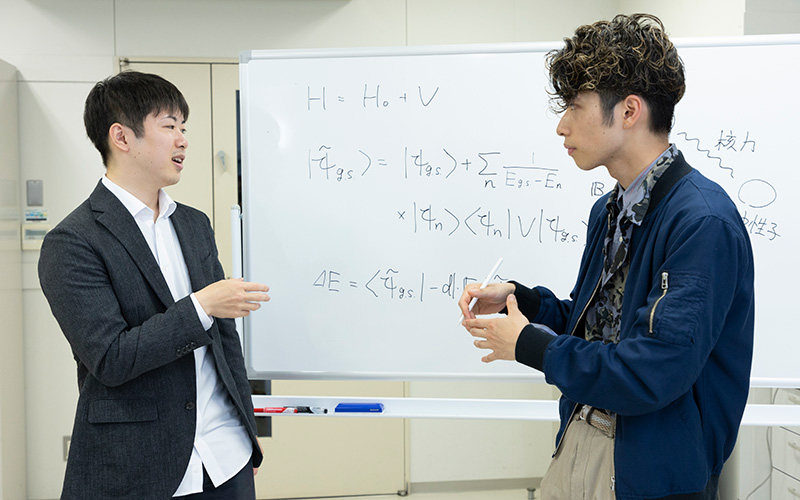
Q3Is there anything you keep in mind when conducting research?
Yanase:There are two. One is “Don’t be afraid to make mistakes.” It may be scary to say or ask the wrong things in front of outstanding seniors, but I value saying “I don’t understand” when I don’t understand and not being afraid to ask what I need to know. The second is to “understand with your own head.” I think about physics while on the move, and when I study something, I always try to see if I can reconstruct a theory in that area from scratch. I think that you will be able to understand with your own mind only when you can assemble such theory yourself from scratch.
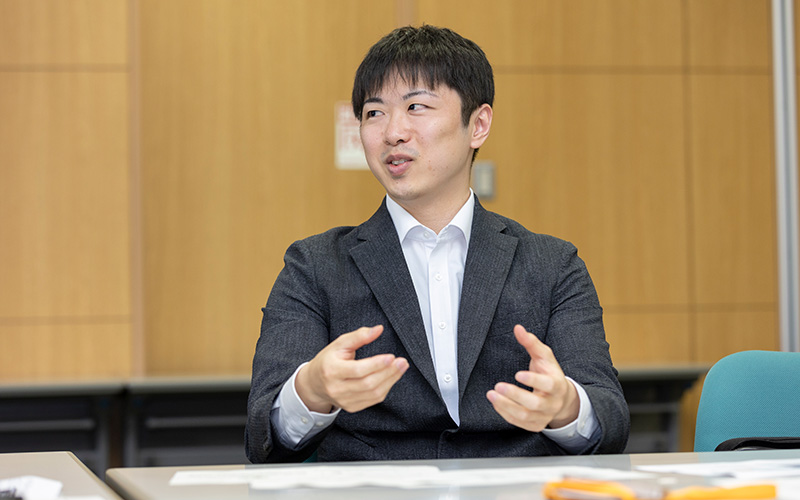
Q4If you could give advice to yourself as a junior or senior high school student, what would you say?
Yanase:(Answering quickly) “Study more.” However, by this I mean I want students to participate more in extracurricular activities and events outside the scope of textbooks, rather than burying themselves in class work and high school reference books. For all the junior and senior high school students reading this article, please try to broaden your horizons outside of school, for example, by visiting the websites of various research institutes and participating in events such as the International Physics Olympiad.
Notes
*1Schiff moment
Like the atomic EDM*3, an atomic nucleus has an EDM due to the biased electric charge of the protons inside. However, the nuclear EDM is partially shielded by the electrons in the atom. As a result, nuclear Schiff moments, not nuclear EDMs, are measured inside an atom.
*2CP violation
C stands for charge conjugation transformation and P for parity transformation (spatial inversion, or so-called mirror image). CP violation is a necessary condition to explain the asymmetry that matter is much more abundant than antimatter in the universe. The strong interaction and the electromagnetic interaction are considered to be invariant under the CP transformation, but CP symmetry is slightly broken in the weak interaction involved in the decay of nuclei.
*3EDM (Electric Dipole Moment)
A vector quantity that expresses the bias of the charge distribution of an electron system in an atom.
*4Wave function
A function that describes the state of a particle in quantum mechanics. The absolute value is interpreted as the probability of its existence. It is often expressed as a superposition of various eigenstates.
(Interviewed in April, 2023)
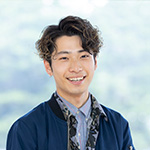
After the interview
Dr. Yanase, who I interviewed this time, is a very warm and cheerful person, and I really enjoyed the interview. What impressed me was that Dr. Yanase, like other RIKEN researchers, always spoke to me in a friendly way. Hierarchical relationships within RIKEN are loose, and people can speak freely regardless of their position, embodying a spirit that has been passed down from Yoshio Nishina whose name and legacy have been inherited by the Nishina Center. I genuinely felt that the behavior of the RIKEN people was very cool, as if they were saying, “Everyone is equal in front of nature.”


 Superheavy Element Research Group
Superheavy Element Research Group Ion Beam Breeding Group
Ion Beam Breeding Group Instrumentation Development Group
Instrumentation Development Group Radioactive Isotope Physics Laboratory
Radioactive Isotope Physics Laboratory Spin Isospin Laboratory
Spin Isospin Laboratory Nuclear Spectroscopy Laboratory
Nuclear Spectroscopy Laboratory Accelerator Basic Research Department
Accelerator Basic Research Department RI Application Research Group
RI Application Research Group